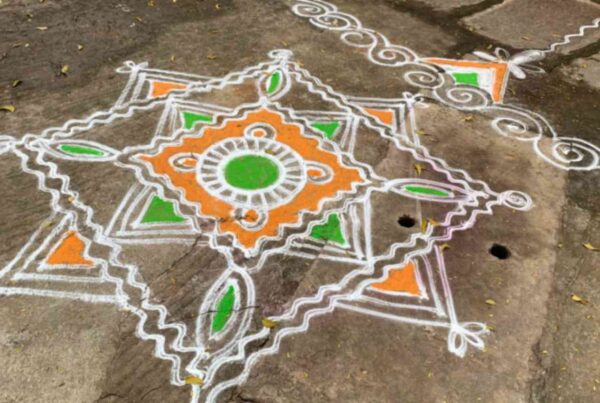Don’t you think centred and balanced elements are a little too boring? It stows away the mystery and drama behind any artwork. This is where the rule of thirds comes into the picture. One of the main mottoes in an artwork is to grab the viewer’s attention.
Have you ever wondered how every good photograph or an artwork drives our eyes all around the picture? Originating from classical and Renaissance paintings, the rule of thirds is a phenomenal tool. In fact, it is the theory behind improving the framework of your artwork.
WHAT IS THE RULE OF THIRDS?
The rule of thirds helps you create an artwork that looks balanced and interesting. Besides, it draws a viewer’s eye into the composition. Rule of thirds applies to photography, painting, graphic designing, web designing etc.
The rule of thirds has been used by greatest master painters mainly for landscapes. Also, the results have been outstanding. It can also be used for portraits, still life, figures or any other subject matter.
The rule of thirds is a guideline that helps determine where to place the objects. Placing the subject off-centre embraces more blank space. Moreover, the rule of third is beneficial in accentuating an interesting background.
HOW DO WE USE THE RULE OF THIRDS?
Let me make this simple for you. Imagine dividing your canvas into two equally spaced vertical and horizontal lines. Now, you have just divided the picture’s surface into thirds.
The intersection points of the grid are known as golden or focal points. If the placement of an object is along one of the lines or intersections, the result appears thoroughly pleasing. Besides, off-centred artworks tend to convey a feeling of motion than centred ones.
Use lines and colors to create focal points. Also, generate interest in various parts of the painting. It’s easy to make intersections and placing the subject off-centre. However, the question is about which intersection line to consider? Now, it totally depends on the subject.
- Use a golden point of the grid for small objects.
- If the subject is longer or larger, try placing the subject along one entire line.
- Consider a portrait in which the subject is looking towards left. Leave an empty space in the direction that the subject is looking towards i.e the left side. Also, place the subject on the right side of the grid.
- For a landscape painting, place the horizon on one of the horizontal lines. This gives you enough freedom to highlight the other elements. It could be the sky, land, mountains etc.
- For a moving subject, leave an empty space towards the motion. In fact, this creates a sense of forwarding movement. Also, it lets the viewer see the direction of movement.
WANT TO INTERRUPT THE RULE OF THIRDS?
Like any artistic mind, rules can be broken. However, make sure you have good reasons to interrupt the rule of thirds.
One of the primary reasons is to balance the symmetry and pattern of the subject. A centred subject is more identifiable. Also, it makes the subject look more intimidating.
Moreover, it totally depends on how you want to arrest your viewer’s sight. Go ahead if breaking the rules help you attain your level of satisfaction. It’s all about what and how you want to portray and feel proud of your artwork.
WANT TO LEARN PROFESSIONALLY?
Do you have sincere goals to master fine arts?
Sampratishta School Of Fine Arts and Design is the only art school to initiate diploma courses in fine arts around Bangalore. However, they take limited students for quality education.
Pencil and Chai by Coloring India Foundation, Bangalore conducts free sketching and painting sessions every weekend.





